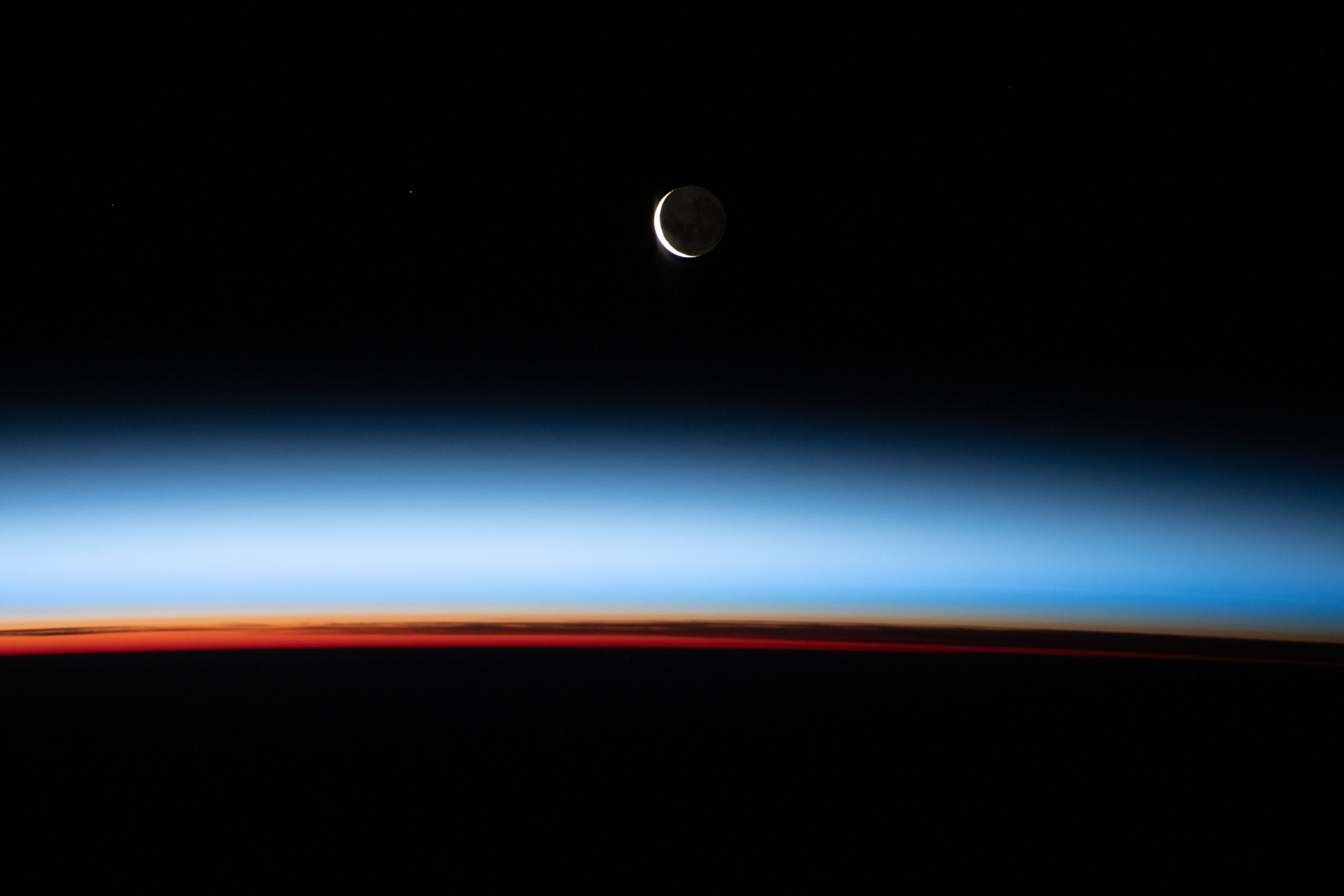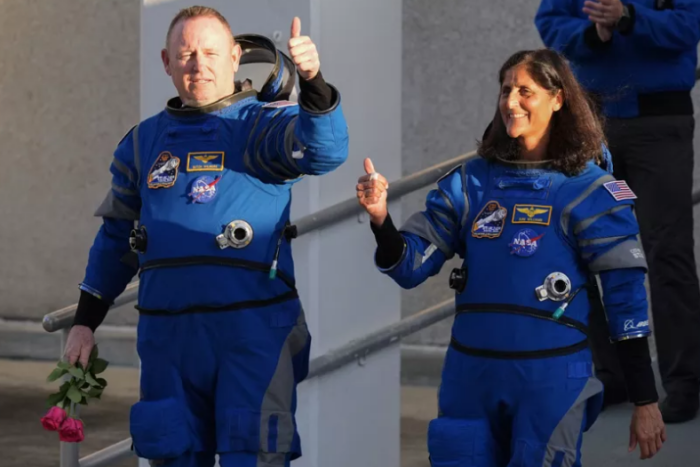Our moon is Earth’s only natural satellite and is the fifth largest moon in the solar system. It is approximately 384,399.9 km away from Earth and has a diameter of 3,476 km. The moon has a significant impact on the earth, including the tides, the length of the day, and the stability of the earth’s axis of rotation.
Moons of The Solar System
The solar system is home to an abundance of moons, each with its own unique characteristics and origins. These natural satellites range in size from small, irregularly shaped bodies, to massive spheres that are larger than the planet Mercury.
One of the most well-known moons in the solar system is Earth’s Moon. It is the largest natural satellite relative to its host planet, and its proximity to Earth makes it the most studied of all the moons.
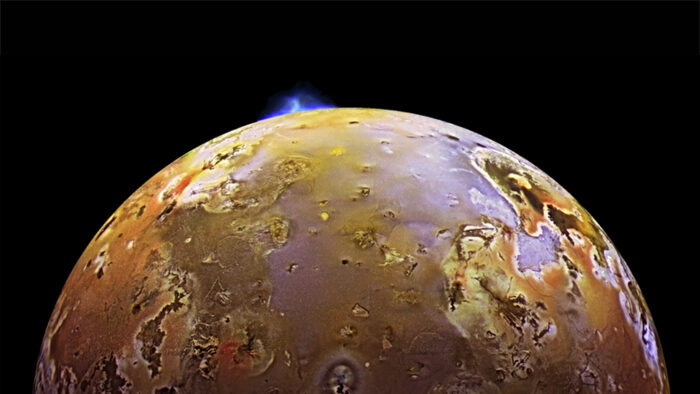
Another well-known moon is Jupiter’s largest moon, Ganymede. It is the largest moon in the whole of the solar system and is even larger than the planet Mercury. Ganymede has a diverse surface with impact craters, grooves, and a large impact basin. It also has a weak magnetic field and a subsurface ocean, making it an interesting target for future exploration.
Saturn’s largest moon, Titan, is also a fascinating object. It is the only known moon with a thick atmosphere, primarily composed of nitrogen, with trace amounts of methane and other gases. Titan’s atmosphere creates a weather system that includes clouds, rain, and seas of liquid methane and ethane.
Another interesting moon is Enceladus, a small ice-covered moon of Saturn. Enceladus has geysers that spew water vapor and ice particles, which have been found to contain organic molecules and signs of a subsurface ocean. This makes it an exciting target for future missions to search for signs of life.
Other notable moons in the solar system include Jupiter’s moon Europa, which also has a subsurface ocean and is believed to have the potential to host life, and Uranus’ moon Miranda, which has a highly varied and complex surface.
In addition to the larger moons, there are also many smaller moons in the solar system. Some of these moons are irregular in shape and are thought to be captured asteroids or comets. The moons offer a wealth of scientific discoveries and continue to fascinate scientists and the general public alike. With ongoing exploration and research, we will continue to uncover more secrets and mysteries about these celestial neighbors of ours.
How The Moon Formed
The most widely accepted theory for our moon’s formation is the Giant Impact Hypothesis. This theory proposes that our natural satellite formed as a result of a massive collision between the earth and a Mars-sized object, known as a planetesimal, that occurred around 4.5 billion years ago.
According to this theory, the impact created a debris field that eventually coalesced to form the moon. Computer simulations have shown that a collision of this magnitude would have been capable of creating the moon and that its composition is consistent with that of the earth’s mantle.
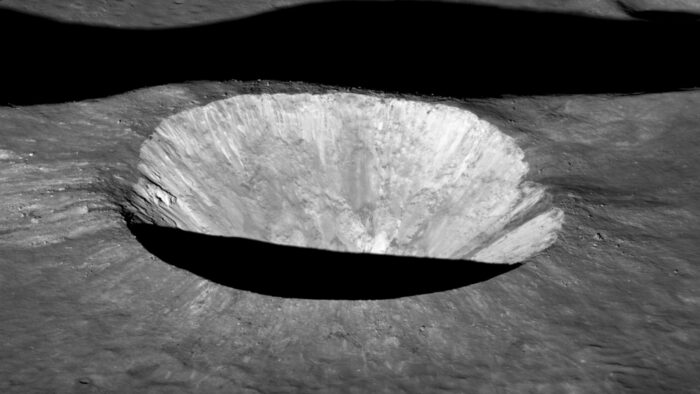
The Giant Impact Hypothesis can also explain the current lunar orbit and rotation. It is believed that the collision caused the earth to spin faster and tilt, while the moon formed in a synchronous orbit, always presenting the same face to Earth thanks to its spin being tidally locked and synchronized with its rate of revolution.
Another piece of evidence that supports the Giant Impact Hypothesis is the similarity between the moon’s and Earth’s isotopic composition. Studies have shown that Moon and Earth have very similar isotopic ratios of oxygen and titanium, which would be expected if the moon formed from material ejected from the earth during the collision.
Despite the support for the Giant Impact Hypothesis, there are still questions that need to be answered. For example, scientists still do not know the exact composition of the planetesimal that collided with Earth.
The Moon’s Effects on Our Planet
One of the most widely known facts about the moon is that it is responsible for the tides on Earth. Its gravitational pull on Earth’s oceans causes the tides to rise and fall. The gravitational force of the moon is strongest on the side of the earth closest to it, causing the water in the oceans to bulge out in that direction. This is known as the “bulge of water” or high tide. On the opposite side of the earth, the gravitational force of the moon is weaker, causing the water to recede, which is known as “low tide”.
Moon also has an effect on the length of the day on Earth. The moon’s gravity causes a drag on the Earth’s rotation, slowing it down. This effect is known as “lunar braking” and it results in a longer day on Earth. In fact, without the Moon, the length of the day on Earth would be much shorter, possibly only a few hours long.
The moon also plays a role in the stability of the earth’s axis of rotation. The gravitational pull of the moon helps to keep the tilt of Earth’s axis fairly stable, which is important for maintaining a steady climate on our planet. Without the moon, the tilt of Earth’s axis would wobble much more, which could cause extreme changes in climate.
Lunar Research
Moon is also an important object of study for scientists. The moon’s surface is covered in craters, mountains, and valleys, and is made up of different types of rock. Many of these features were created by impacts with asteroids and comets, and the moon’s surface has not changed much since its formation, making it a valuable time capsule for scientists to study the early history of our solar system.
Additionally, the moon’s surface is also covered with a fine dust called lunar regolith, which is made up of small rock fragments that have been ground up by the constant bombardment of meteoroids. This regolith is a valuable resource for scientists as it is rich in elements such as Helium-3, which is rare on Earth but could be used as fuel for nuclear fusion.
Moon Missions
Our natural satellite has also been the subject of many missions by space agencies around the world, with the most notable being the Apollo missions by NASA in the late 1960s and early 1970s. The Apollo missions were a series of manned spaceflight missions that landed the first humans on the lunar surface. These missions were a major achievement for NASA and a major milestone in the history of space exploration.
The moon also played a big role in culture, myths, and superstition, as far back as ancient times, as people around the world have always been fascinated by it. The moon has been worshipped as a deity, used as a timekeeping device, and has inspired countless works of art and literature.
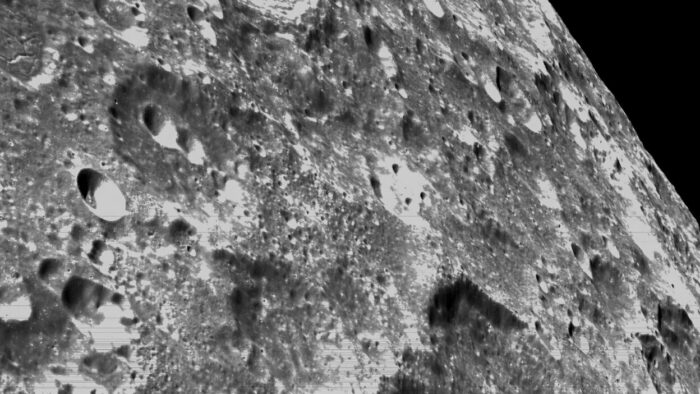
In recent years, interest in the moon has been reignited as space agencies around the world are planning new missions to it. NASA’s Artemis program will soon send astronauts back to the lunar surface and other countries, such as China and Russia, are also planning lunar missions of their own. The moon’s resources and strategic location make it a valuable destination for future space exploration and sustainable human presence.
Why Go Back to The Moon?
One of the main reasons why humans want to go back to the moon is to explore it further. The first moon landing in 1969 was a historic achievement, but it only scratched the surface of what this celestial body has to offer. Scientists are currently studying the moon’s geology, atmosphere, and potential resources, such as water ice, which could be used for future missions to other parts of the solar system.
Another reason for returning to the moon is to establish a permanent presence there. The moon could serve as a stepping stone for missions to Mars and other deep space destinations. A lunar base could also serve as a research station for studying the effects of long-duration spaceflight on humans, as well as a location for testing new technologies that could be used for future missions.
Additionally, the moon is also seen as a way to further international cooperation and peace. However, NASA Administrator Bill Nelson, recently warned that if China beats the USA back to the moon, that could have devastating effects on this peace. Tensions between the two countries may cause China to exclude USA missions from the territory, deny the use of communications infrastructure set up by them and even expropriate natural resources.
Featured image: Crescent Moon from the International Space Station. Credit: NASA
If you found this article to be informative, you can explore more current space news, exclusives, interviews and podcasts here.
Share this article:
